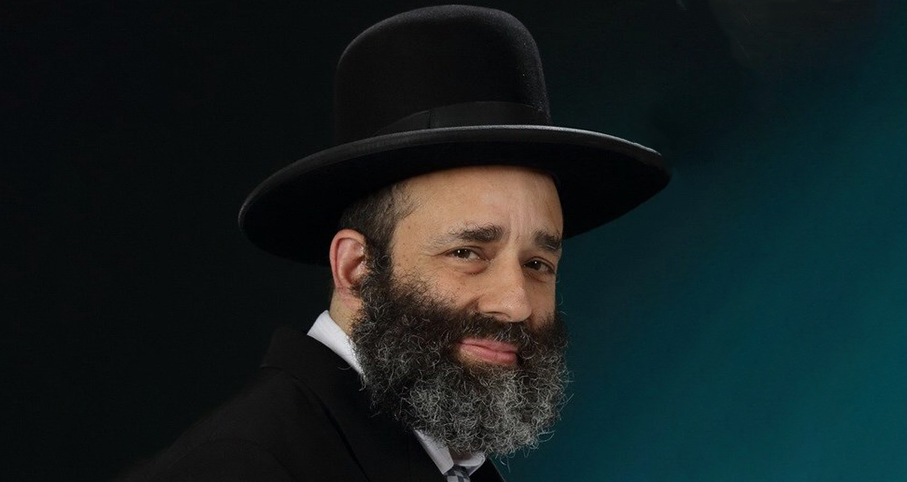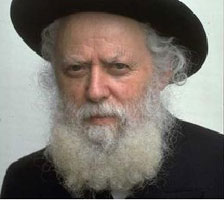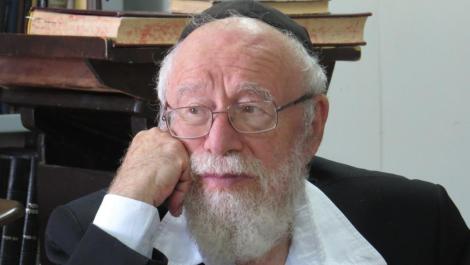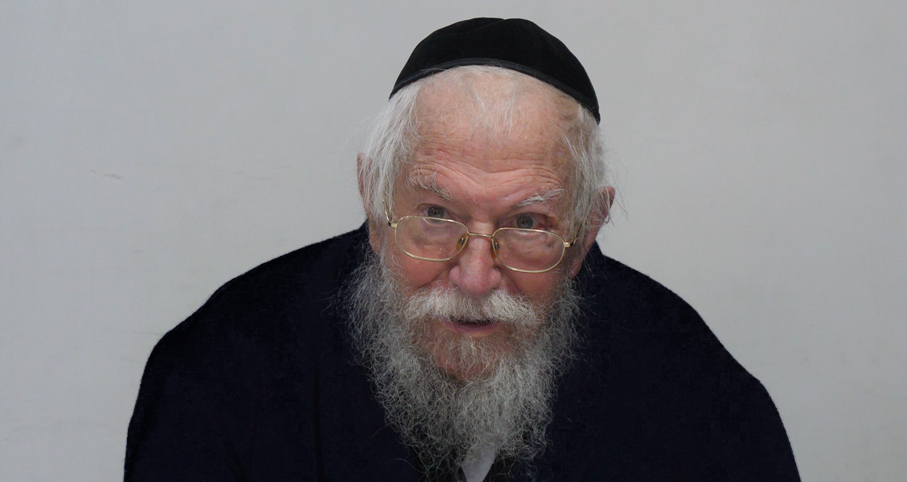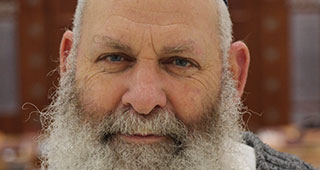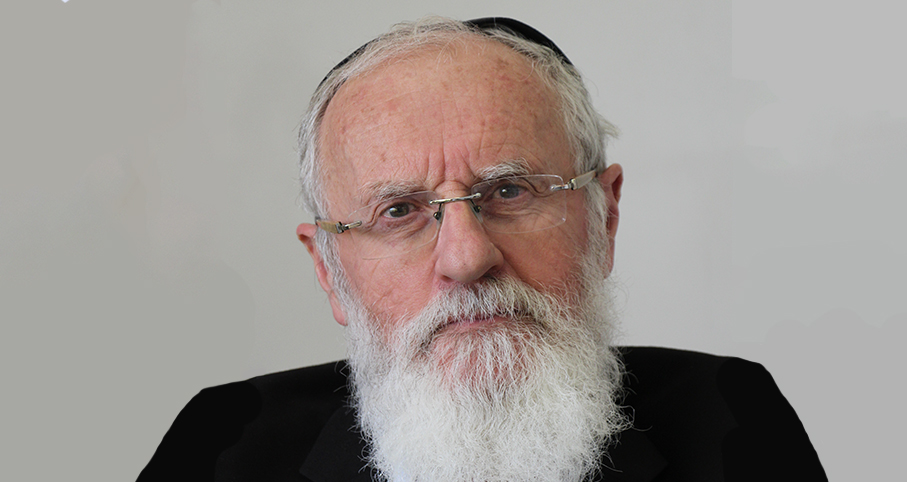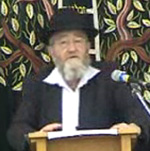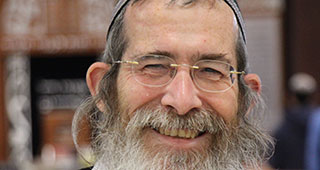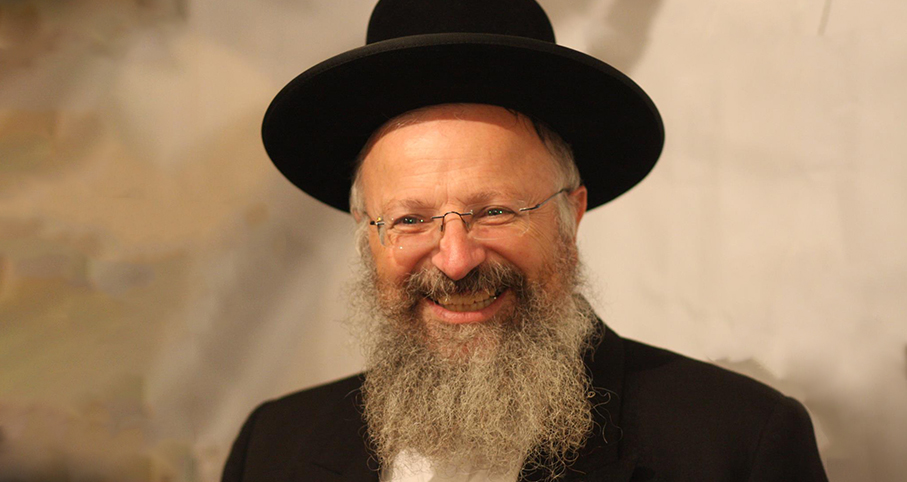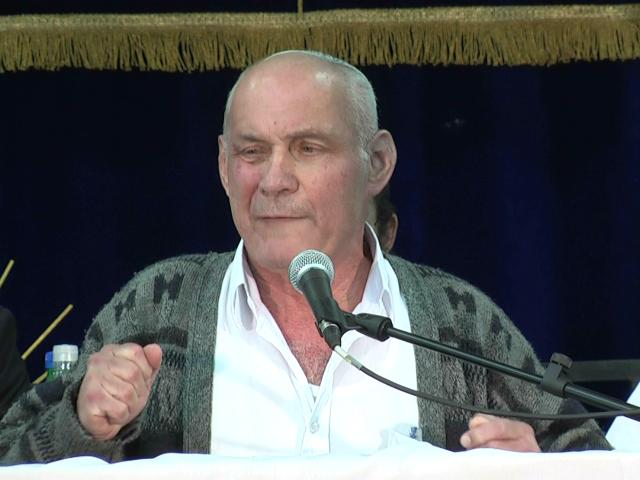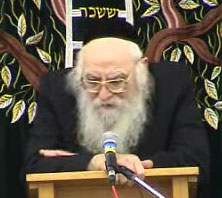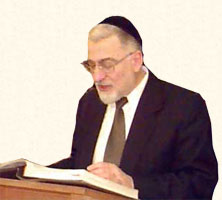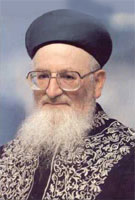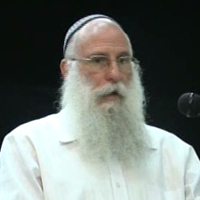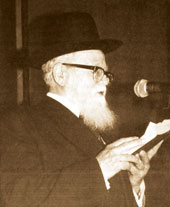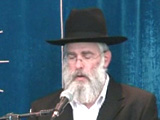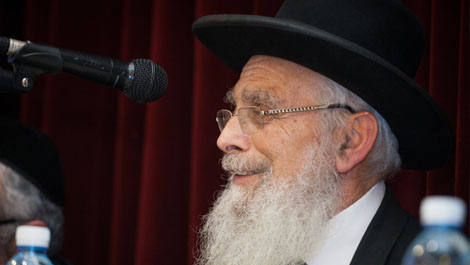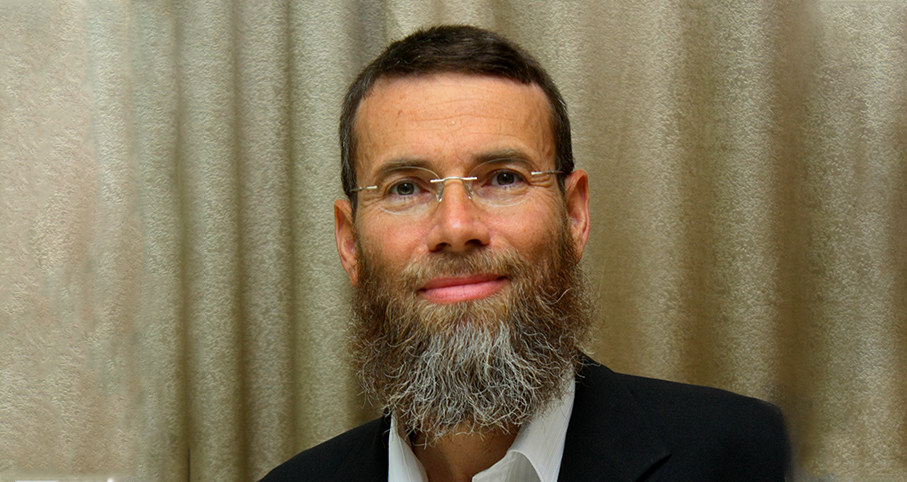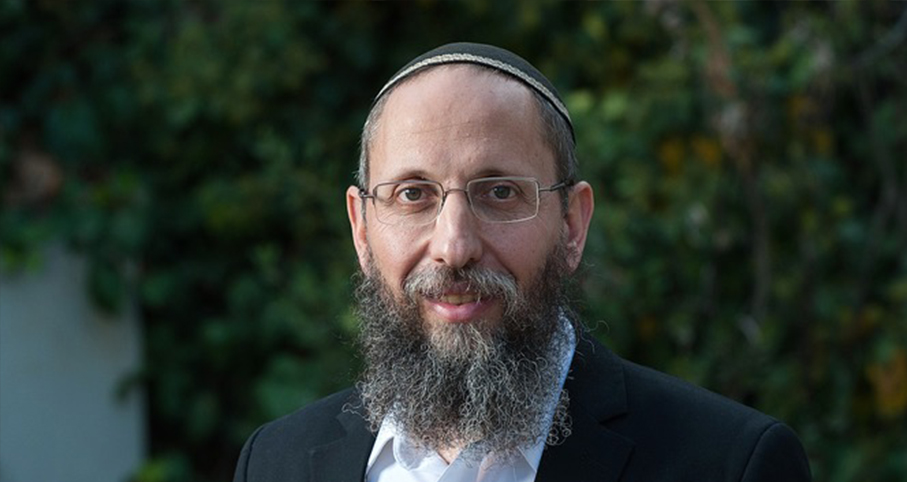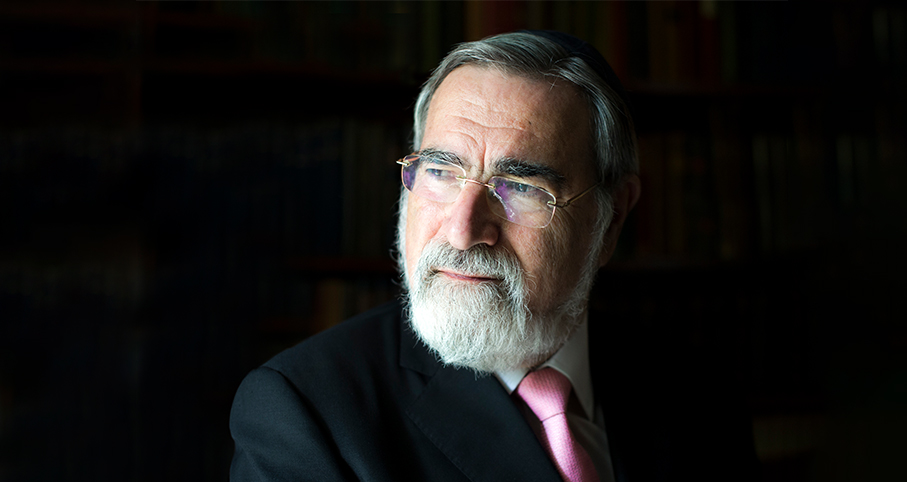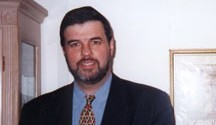Beit Midrash
- Sections
- Peninei Halakha
- Shabbat and Holidays
- The Three Weeks
- The Laws of Tisha B'Av
The laws of reciting Aneinu on Tisha Be-Av are the same as on the other fast days, as explained above (7:10). As we learned, according to Sephardic custom, one should recite Aneinu in the silent Amida throughout the fast; therefore, on Tisha Be-Av, which begins at night, one should recite it at Ma’ariv, Shaĥarit, and Minĥa. According to Ashkenazic custom, however, the only silent prayer in which it is recited is Minĥa.
The Sages instituted that one should add the Naĥem prayer to the berakha of Boneh Yerushalayim in the Amida whenever Aneinu is recited. The conclusion of the berakha is changed as well, becoming "menaĥem Tziyon be-vinyan Yerushalayim" ("Who comforts Zion with the rebuilding of Jerusalem"; Sephardic version) or "menaĥem Tziyon u-voneh Yerushalayim" ("Who comforts Zion and rebuilds Jerusalem"; Ashkenazic and North African version). The text of Naĥem contains phrases that, seemingly, do not apply to modern-day Jerusalem, like: "The city…that grieves for the loss of its children…desolate without inhabitants. She sits with her head covered like a barren childless woman. Legions have devoured her; idolaters have taken possession of her." However, it is difficult for us to change the formulation that the Sages instituted. In addition, unfortunately, this language can still apply to the Temple Mount. Furthermore, compared to what Jerusalem should be – the capital of the world, "perfect in beauty, joy of all the earth" (Eikha 2:15) – it is indeed considered destroyed and desolate.19
One does not recite Taĥanun on Tisha Be-Av or at Minĥa on the eve of Tisha Be-Av, because Tisha Be-Av is called a mo’ed, as it says, "He has proclaimed a set time against me" (Eikha 1:15). The word "mo’ed" means "a set time" but is also used to mean "holiday." In other words, if we are worthy, it will be a holiday; if not, it will be a set time of mourning (sa 559:4).
Where the Kohanim recite Birkat Kohanim daily at Shaĥarit, the custom of some congregations is that they do not do so on Tisha Be-Av, as it says, "And when you lift up your hands, I will turn My eyes away from you" (Yeshayahu 1:15). This is similar to the halakha that a Kohen who is in mourning does not recite Birkat Kohanim, because he is forlorn and therefore unable to bless the congregants with peace. Most Ashkenazim and some Sephardim follow this custom. In other communities where Birkat Kohanim is generally recited, the Kohanim do recite it at Shaĥarit on Tisha Be-Av; this is the custom of the kabbalists of Jerusalem. Each community should continue following its own custom. According to all customs, in communities where Birkat Kohanim is recited daily, the Kohanim recite it at Minĥa on Tisha Be-Av, when the congregation prays Minĥa in the late afternoon (see above 7:12).
On Tisha Be-Av, we pray like mourners do – patiently, in a soft voice, and without elaborate melodies (Rema 559:1).
One who forgets to recite Naĥem in its proper place should recite it in the berakha of Avoda, which relates to the Temple service (bhl §557). If one forgets to insert it there as well, he should recite it in Elokai Netzor. And if one remembers only after completing the entire Amida, he should not repeat the Amida in order to recite Naĥem.
The custom of North African Jews is to recite Naĥem only at Minĥa, as Ashkenazim do (Tefilat Ha-ĥodesh). R. Mordechai Eliyahu writes in Hilkhot Ĥagim 27:2 that this is the normative Sephardic custom. The custom of the kabbalists of Yeshivat Ha-mekubalim ("Beit El") is to recite Naĥem even at Shaĥarit.↩︎

